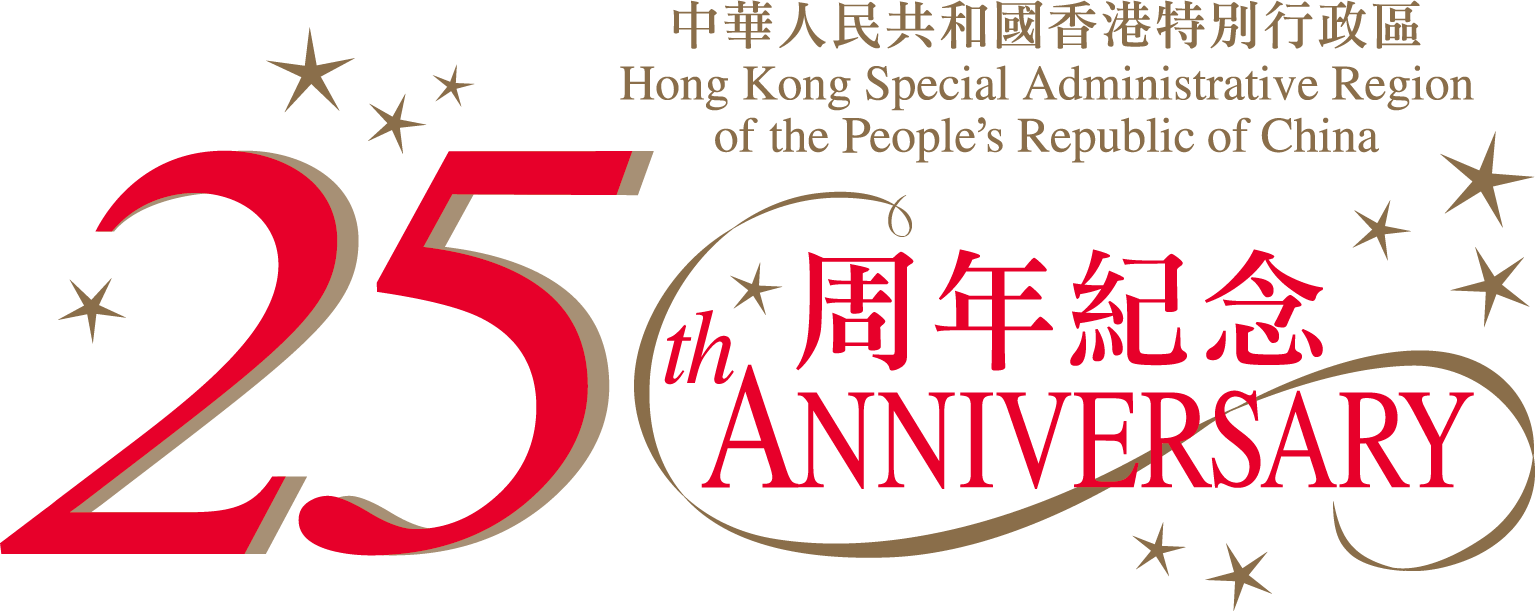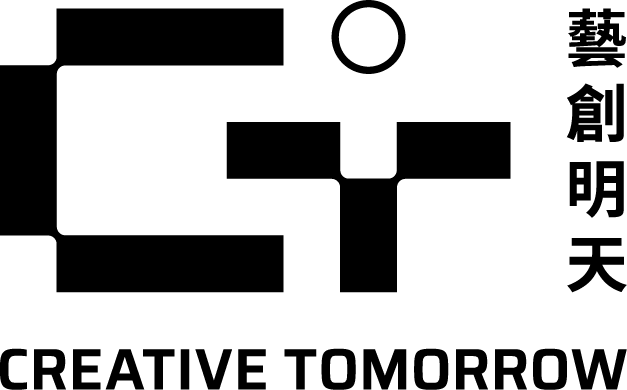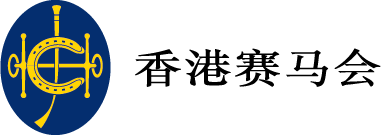Main
Description
今年初春,西九文化区的艺术公园、戏曲中心,以及网上平台,将举办一系列免费媒体艺术节目,让市民在多姿多彩的城市生活中体验艺术,并在艺术中找到当代生活与数据并存的新方式。
「机缘都会」为香港赛马会独家赞助的节目系列「艺创明天」之压轴一环,贯彻系列精粹,以科技元素创新地开拓创作及体验艺术的趣味和想像。西九文化区跟策展人钟亦琪联手,精选本地和海外艺术家的作品,涵盖多个户外和室内大型艺术装置、现场表演、网上游戏平台和网络剧集等,当中包括国际艺术家为西九文化区内场地量身订造的公共艺术装置,以及多个全新委约作品,期望借着丰富的艺术体验,引领大家打开崭新视角,细察都市生活、数据,以至人和两者之间种种微妙的机缘互动。
一连三个星期,每晚经过艺术公园草坪,抬头便会发现远方的北极光,随着《约定极光》骤然直送香港;附近的旱溪出现动人的《夜光森林》,让你跟亲友一同在雾中散步赏花。探访戏曲中心,正展出《智能闪闪》,数百个机械人献上灯光表演,更有「生物特征剧场」展览,其中一件作品以数千个灯泡,动态呈现人类心跳。到邻近油麻地社区逛逛,以手机连上网页程式《庙街合奏》,即可以全新方式游历庙街。此外还有更多线上线下新奇节目,留待你探索。
「机缘都会」还包括在戏曲中心举办的一系列誁座展演,邀请国际媒体艺术家边演边讲,详情将于2023年2月初公布。
| 日期 | 节目 | 地点 |
|---|---|---|
| 2023年2月13日至3月5日 | Dan Acher《约定极光》 | 艺术公园 |
| 2023年2月13日至3月5日 | Robert Seidel《夜光森林》 | 艺术公园 |
| 2023年2月13日至3月5日 | Lukas Truniger《智能闪闪》 | 戏曲中心 |
| 2023年2月13日至3月5日 | Rafael Lozano-Hemmer《生物特征剧场》 | 戏曲中心 |
| 2023年2月27日至3月1日 | 郑得恩《黛玉形成》 | 戏曲中心 |
| 2023年2月13日至3月5日 | Team 9×谢晓阳《文字游戏》特别版〈现实的诗人〉 | 戏曲中心 |
| 2023年2月13日至3月5日 | 郑智礼《庙街合奏》 | 网上 |
| 2023年2月13日至3月5日 | 曲渊澈《辐射场上的乡村田园诗》 | 网上 |
| 2023年2月17日至3月5日 | 麦影彤二《Art运降临》 | 网上 |
| 2023年3月2日至3日 | 讲座展演 | 戏曲中心 |


此为「艺创明天」节目之一,由香港赛马会独家赞助。
独家赞助机构:
Events
Additional tabs
Data permeates contemporary society. It is used to standardise every aspect of the urban lifestyle. Especially within the neo-liberal capitalist society, standardisation is prioritised for maximised productivity and minimised cost. The price is creativity. As this dynamic between data and urbanity persists, how do we imagine a more diverse, intimate and holistic relationship with data in the vision of a post-urban city? The media arts festival SerendiCity, presented as part of the Creative Tomorrow season speculates on the idea of an alternative urbanity. Through public art installations, media arts exhibitions, locative media art, game art, experimental performance, a web series and lecture performances, the programme envisions the city’s nature, landscape and narrative in the post-urban context.
Post-urban nature
Data streamlines urban nature. Urban green spaces are highly controlled in land use regulations; parks are designed and groomed; each tree in each park is logged as data in schematic drawings. While the purpose of parks is to bring nature into the city, data works to restrain the organic aspect of nature from our urban experience. In the post-urban vision, what role can data play in enhancing, instead of restricting, the organic in urban nature, to create a synthesis of the natural and the artificial?
Imitating the northern lights in the subtropical sky of Hong Kong, the laser projection installation Borealis by Dan Acher emerges above the Great Lawn of the Art Park. The work provokes a communal fascination towards the natural phenomenon misplaced between the city’s skyscrapers.
On the other side of the Art Park, the newly created site-specific environmental installation Petrichor by Robert Seidel paints with the scenery of trees, rocks, wind and fog by projecting experimental animations of Hong Kong-inspired urban structures. The organic attribute of the park is amplified into layers of natural and digital materials in motion.
Post-urban landscape
Data streamlines the urban space. We encounter the cityscape through interfaces of web mapping and online listings on Google Maps and OpenRice. Efficient, yet inhuman. How can a post-urban vision provide more intimate interfaces that not only inform our urban experience, but also embed our human presence into the data we see?
In Rafael Lozano-Hemmer’s solo media art exhibition Biometric Theatre, large-scale interactive artworks capture and embody the audience’s biological signature, such as fingerprints, body temperature and heartbeats, into poetic contemporary human portraits. The critical playfulness and connectivity in these sentient artworks reimagine the role of the body between our digital and lived realities.
The kinetic light installation Distributive intelligence | A group mind by Lukas Truniger presents a cluster of LED robots with sensors reactive to the micro-changes of light conditions from their surrounding environment as well as each other. Mimicking collective and individual behaviours with artificial intelligence, the installation creates a pseudo-societal space in which the presence of both the audience and the robots is signified in their mutual interaction through light.
In the web-based locative media artwork The Orchestra of Temple Street, Chilai Howard applies GPS data to present location-specific camera filters in various sections of Temple Street in Hong Kong. As the on-site audience experiences the diverse cultures of Temple Street through the digital lens, the web application also crowdsources GPS data from the audience, and transforms it into experimental music composed of community-inspired sound elements. The musical representation of the audience’s collective experience in the neighbourhood is generated in real-time as a hyper-dramatised, audio-videographic cityscape online.
Post-urban narrative
Data streamlines urban stories. The polarising algorithm of social media feeds on the attention economy. To sustain our interest for ad sales, social media filters out anything unfamiliar that does not capture our immediate attention, presenting a narrative of urbanity we are already used to and comfortable with. In the post-urban vision, how can we reimagine the consumption of data about urban stories that matches the complexity of our urban experience?
Addressing psychology and tradition, Remembering the Red Chamber directed by Enoch Cheng is an experimental performance that illustrates conventional Chinese opera water sleeve gestures and movement, as well as the emotional states embedded within them. Applying motion data to digital animations as well as physical Chinese opera costumes, it reveals the mental wellbeing of iconic characters from the classic tale Dream of the Red Chamber. Integrating new tools for storytelling in the process of dissecting the fundamentals, the performance explores potential future forms of traditional Chinese opera.
The web-based game art A Village Idyll on a Radioactive Field by Vvzela Kook invites the player to traverse an abstract landscape as a resident in a village that initially appears peaceful but soon reveals an underlying threat. As the role-playing platform game unfolds, the latent danger of nuclear contamination and disinformation is exposed, causing the player to experience feelings of fear, deception, urgency and hopelessness.
The art game Word Game by independent game studio Team9 is a puzzle role-playing game with a focus on the digital materiality of text and language, that invites the player to assume the role of the protagonist “I”, and navigate through a virtual world entirely made of Chinese characters. Using the same game mechanics, Hong Kong poet Milo Tse was commissioned to create the interactive poetry artwork A Practical Poet, which situates the player in the life of a poet facing misconceptions and prejudice against their profession in the world of words.
Created during a three-month artist residency, Mak2’s web series Hong Kong’s Next Top Artist, critiques the contemporary art market from an artist’s perspective. Satirical and semi-scripted, the web series takes the form of a makeover reality show in which Mak2 works to shape a fellow artist’s career according to what is considered marketable by commercial galleries, delving into issues such as the artist-gallerist relationship, gender inequality, institutional bias and the various intrinsic and commercial values of artworks and artists.
To further contextualise the intricate urban stories we experience through data and beyond, we have also curated two Lecture Performances with artists Eugenia Kim and Erica Scourti. In the first, inspired by her chronic physical pain, Kim generates the machine perception of the body from human somatic movements and the traditional Korean dance for expelling spirits, known as Salpuri. In the second, Scourti uses the personal archive of audio and visual materials on her phone to explore the contemporary meanings of voice, as well as its mistranslation and miscommunication across languages and media.
SerendiCity speculates on our encounters with data in the post-urban vision, not as a comprehensive proposal, but to challenge common perceptions. Apart from the technological advancements, the innovations in these works lie primarily in the artistic applications of their media. It is this creative approach that works to reveal an alternative dynamic between data and urbanity. In the heart of the city, at a time of art tech frenzy, SerendiCity at West Kowloon Cultural District offers the time and place for the audience to reflect, fantasise and recalibrate their relationship with data.
Kyle Chung
Curator
Photo: Abdela Igmirien
Kyle Chung is a curator and researcher whose recent exhibitions explore the dynamics between technologies, materiality and human agency. Selected exhibitions include Ellen Pau: Time After Time Will Tell at 1961, Singapore; #YOU #ME #ourSELFIES at Hong Kong Visual Arts Centre; One World Exposition 2.1: #like4like at chi K11 art space, Hong Kong; Carla Chan: To Outland at SMAC, Berlin, Germany; Conjunctions and Disjunctions at International Symposium on Electronic Art 2016, Hong Kong; Bright Shadow at The Morgue, London, UK. Chung has a PhD in Creative Media, and is currently an independent curator, chairperson and curator at Videotage, Hong Kong, and lecturer at the School of Creative Media, City University of Hong Kong.
Getting Here
Click on the map to enlarge
Most SerendiCity programmes take place at the Xiqu Centre and Art Park in the West Kowloon Cultural District. They are easily accessible by MTR, bus, mini-bus and private car or taxi.
Three programmes take place online, and one takes place online and on-site in and around Temple Street in Yau Ma Tei district.
Getting to West Kowloon Cultural District
To the Xiqu Centre:
Take the MTR Tuen Ma Line to Austin Station
From Tsim Sha Tsui / Xiqu Centre to the Art Park:
Take bus 77M / 215X / 281A / in front of China Hong Kong City (next to the Xiqu Centre)
From the Art Park to Temple Street, Yau Ma Tei:
Take minibus route 74D from the Art Park
Circular Route Bus
This complimentary bus service is a circular route that operates daily from 9am to 8:30pm (every 20 minutes) between MTR Austin Station Exit D/ High Speed Rail Hong Kong West Kowloon Station Exit J (near Xiqu Centre), M+, the Hong Kong Palace Museum and the west entrance of the District (Western Harbour Crossing Toll Plaza bus stop).
Click here to view the map.


